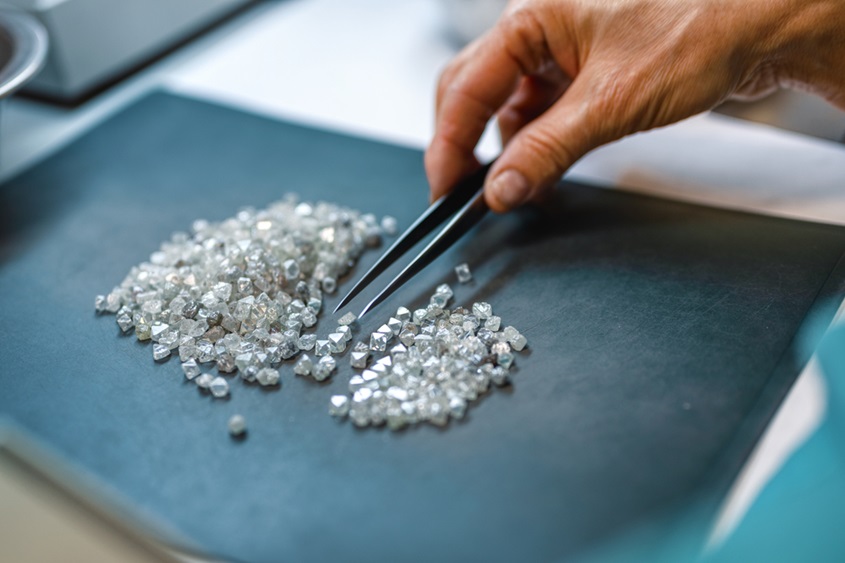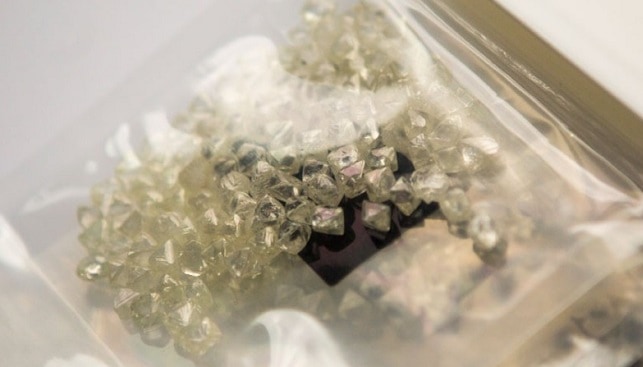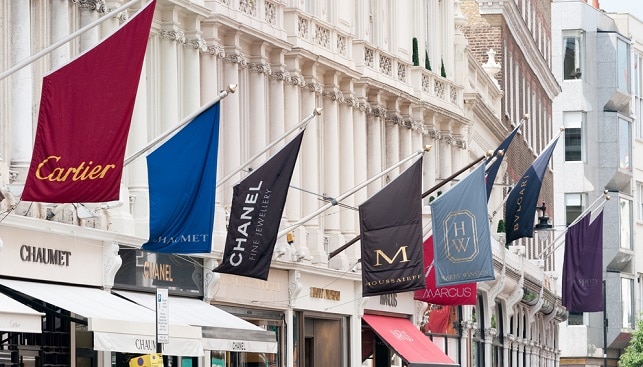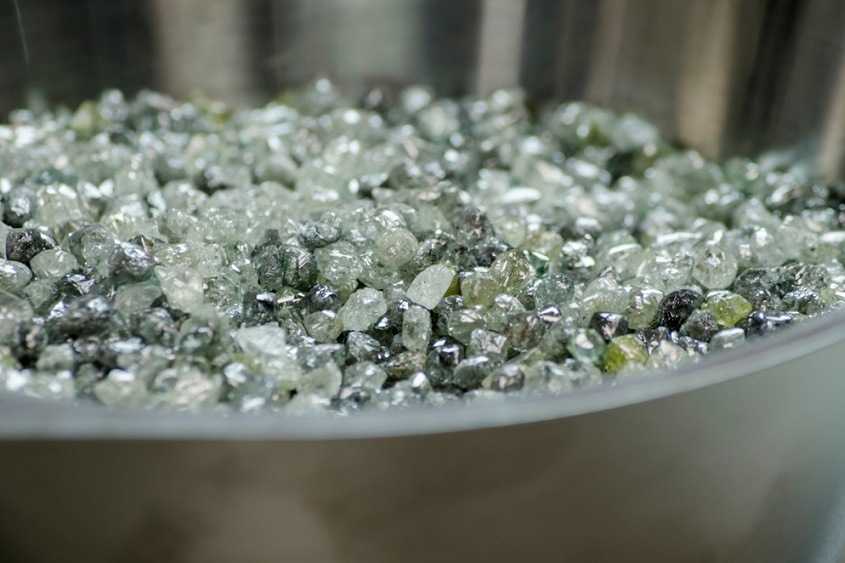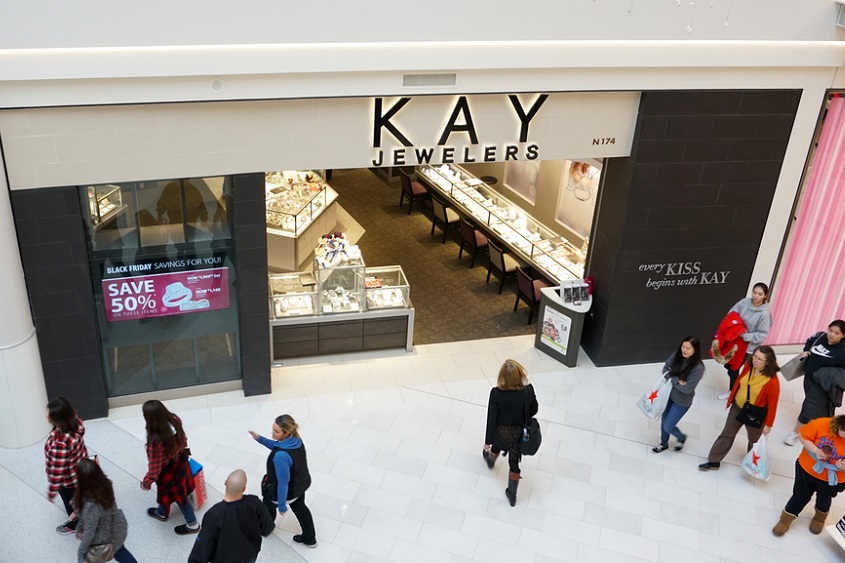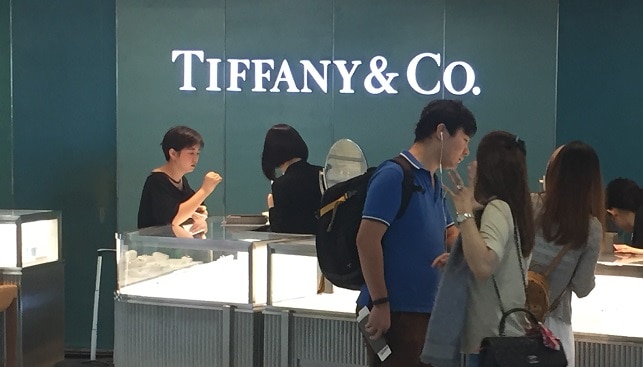In a recent article, “Year-End Wrap Up: How the Diamond Industry Can Move Forward in 2017”, Ehud Laniado talks about several steps that can, and need, to be taken by everyone involved in diamond industry in 2017.
Openness towards consumers: Laniado offers a new approach, based on “openness and transparency” towards consumers: for most consumers, he explains, the diamond mining and manufacturing process is “opaque”. If the industry becomes “more open about how diamonds reach the consumer”, it will change the perception of the diamond industry and of diamonds themselves. In his opinion, “it is transparency that will transform end consumers’ behavior and bolster their confidence”.
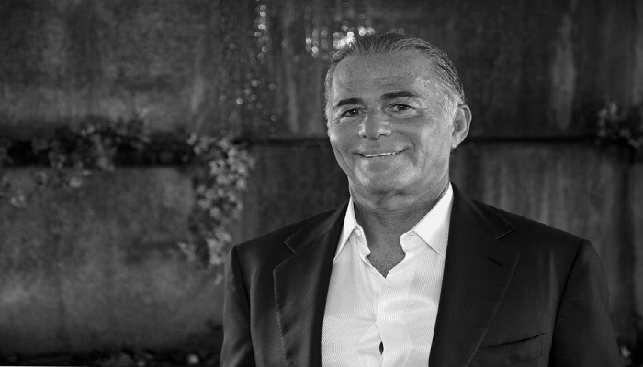
Emphasizing natural diamonds: In light of the rise of laboratory-grown goods, diamantaires must “emphasize natural diamonds’ value-of-exchange, a feature not shared by laboratory-grown goods”.
No increase in rough prices: In 2016, the industry “has seen rough and polished prices decline in such a way that there is simply no opportunity for improved margins. To generate this opportunity, rough diamond prices cannot suddenly spike”. Miners must keep “the volume of rough diamond supply low until polished diamond inventories are reduced, while maintaining the price of rough in line with polished wholesale prices”. Meanwhile, he says, the midstream, and clients of the main diamond miners in particular, “should act responsibly, maintaining their roles as gatekeepers. It is essential that the gatekeepers continue to make educated purchases as they did over the course of last year, while keeping a watchful eye on the goods, market demand, and price”.
Jewelry and diamond shows: While watch sales were positive, sales for jewelry and diamonds were mediocre in shows such as BaselWorld. The diamond industry’s poor performance, Laniado says, should lead to question the value of attending trade shows. “Is it appropriate for the diamond industry to offer mass quantities of loose one-carat diamonds at these events?”, he asks, “What is the message we are sending to the high-end consumers who frequent this trade fair, if they see high-end diamond jewelry pieces in one booth, and then loose diamonds in large quantities offered at wholesale prices in another booth?”.
In conclusion, Laniado says, “there is a need to rethink diamonds and how they are marketed”. There is need for “a new perception for high-end gem-quality natural diamonds that addresses future generations, who will view these exceptional natural creations as assets, not expenses”.
One way of doing this, the author says, is to institutionalize diamonds as an asset: “A large and high-quality diamond should be sold in a different environment to diamond jewelry retailing, within a framework that supports its unique qualities, rareness, and resale value – features aside from its beauty. A diamond spot market, which would function similarly to a stock market, the Amsterdam flower exchange, or the grain market in Chicago, will transform these diamonds into a commodity”.
Laniado looks ahead with optimism, saying that he hopes that the “industry develops to the point where it learns how to handle the changes, and how to evolve while dealing with some of the issues that are weighing down on all of us”.



